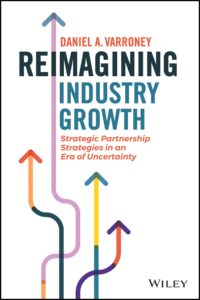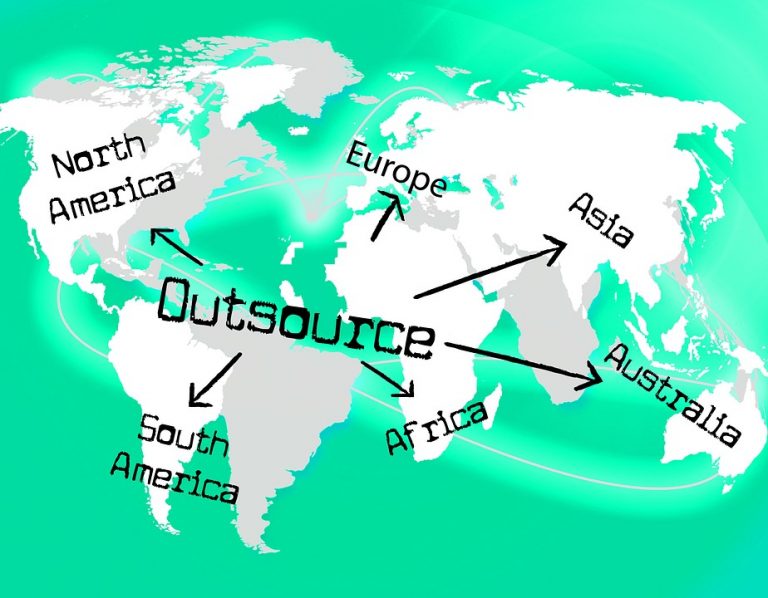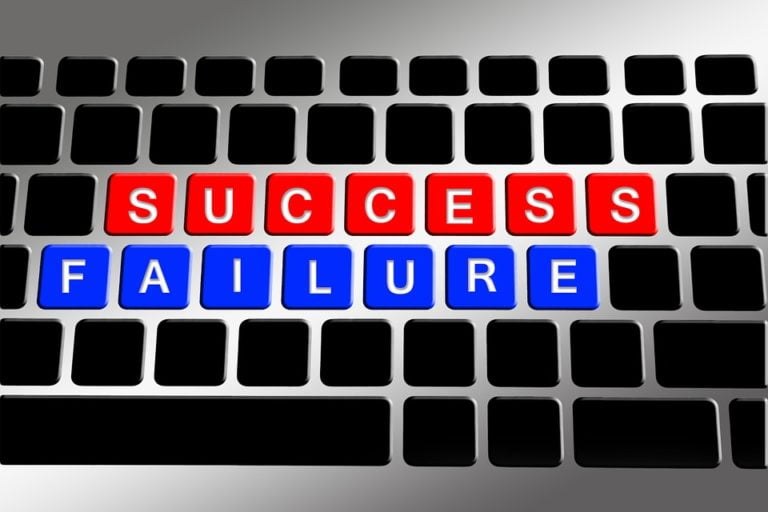Building Industry and Trade Association Partnerships Is A Must
Every industry and business navigates the most challenging environment ever. The “great recession”, COVID-19, Supply Chain Disruptions, record inflation, the “great resignation” the war in Ukraine, energy challenges, and deglobalization all represent the new era of chronic uncertainty. Every executive wants to know where to turn and the best place is building Industry and Trade Association strategic partnerships.
Most of the writing on strategic partnerships focuses on how companies have combined their strengths and mitigated their weaknesses to expand customer bases, brand recognition, marketing opportunities, and market reach to increase productivity, to broaden investment opportunity and sustainability, and ultimately to grow revenue and profitability for the participating companies.
Persistent Hard Times: The Mother of Strategic Partnerships
Some great business partnerships were created to weather tough times; sometimes those tough times are due to internal issues, sometimes external issues, sometimes uncontrollable circumstances, sometimes extraordinary opportunities, and occasionally in preparation to achieve the next breakthrough. Successful strategic partnerships come in all shapes, sizes, textures, colors and flavors.
There are even more prodigious, inclusive, and ambitious type of strategic partnership—the sort that moves the needle for entire industries. Nowadays, CEOs are using a new application of strategic partnerships that is more inclusive, impactful and ambitious—the sort that moves the needle for entire industries. These partnerships are between industries and their trade associations.
Trade Associations are more ready than ever to help their industries overcome challenges and build consequential partnerships. Since the start of COVID-19, they are migrating rapidly from an inward-looking posture to an outward looking focus. In multiple cases, trade associations are far more focused on how they can aid their members in moving the needle for the entire industry.
The Power of Industry and Trade Association Strategic Partnerships
CEOs who engage on trade association boards are migrating to an outward looking focus. They participate in the development of a Strategic Industry Plan that helps their company and all companies in the value chain overcome challenges and build consequential partnerships through the trade association. As the outward looking focus is taking hold, CEOs insist upon measurable outcomes and business solutions.
These strategic partnerships between industries and their trade associations already help deliver unified advocacy strategies and convey outcome-focused messages to government officials. For example, the recreational boating and baking industries have built their own strategic partnerships with their trade associations.
For their respective industries, the National Marine Manufacturers Association and American Bakers Association serve as strategic business units, and they are changing the game. Through an impressive ecosystem, the National Marine Manufacturers Association and the recreational boating industry promoted the great outdoors and the boating experience when the economy went into lockdown. NMMA’s Discover Boating and the Recreational Boating and Fishing Foundation launched a Take Me Fishing promotional campaign.
Consumers stuck in quarantine would learn about opportunities to break free and enjoy the great outdoors. The strategic initiative helped the recreational boating industry achieve a 20% year over year (2019 to 2020) increase in revenue.
In another example, the strategic partnership between the food industry and the American Bakers Association really mattered: Through a Food and Beverage Issues Alliance, the baking industry and all food companies were designated as critical infrastructure: Plants and factories were kept open owing to their work with regulators, where they collaborated to design effective worker safety protocols.
Utilizing Industry and Trade Association Strategic Partnerships to Address Supply Chain Challenges
Container shortages, port bottlenecks, shipping price increases, and trade imbalances add frustration to industries, companies, and consumers. However, the cracks in the supply chains existed before the pandemic. The problems — and the reasons for them — are multiple and complex, but they start with the simple fact that between 80% and 90% of the world’s goods travel at some point by ship, and shipping is in the midst of a perfect storm.
Today’s focus is too siloed. Every company is doing its darndest to figure out its supply-chain problem, and solutions appear out of reach. A more expansive approach, one that incorporates collaboration and innovation within industries, is a more likely way forward.
Industries bring the collective wisdom, insights, and scale necessary to build practical and durable solutions. Approaching it from this perspective, industries can build their structural frameworks consisting of their own supply chains, study points of failure, and build precompetitive strategies that help ensure durable and resilient supply chains.
Such strategies to address macro policy and logistics concerns are already being implemented. For example, American Eagle has reached outside traditional thinking and built out a logistics platform that can be used by others in the apparel industry. As is the case with other new innovations, the global pandemic accelerated the launch of this unique strategy. The effort is led by Shekar Natarajan, chief supply chain officer at American Eagle. Almost 50 other companies are using the platform, and Natarajan is seeking to add an additional 200 brands.
The industry and trade association strategic partnerships could change the game for supply chains. These types of partnerships provide a way forward on everything from developing industry fail-safe options to where and how to store excess parts and goods in the next national emergency. Industries and suppliers seeking to reshore production can leverage their strategic partnerships to build cooperative local government relationships. For example, they can work with state and regional transportation authorities and advocate to secure the necessary transportation or rail infrastructure to ship goods.
Supply chains are not the types of things that are easily fixed. We all want the shelves stocked on our next shopping trip. It’s time for industries to move forward and reimagine supply chains by leveraging their collective assets and strategic partnerships with trade associations.
Strategic Partnership Call to Action for Industries
Chronic uncertainty is now a fixture of the business landscape. CEOs can build their own strategic partnerships as others have by engaging their industry trade association and joining its board of directors. In this capacity, CEOs work toward common threads of unanimity, use actionable market research to identify critical industry challenges and outcomes, build actionable strategic industry plans with key performance indicators, and expand reach with vast ecosystems to overcome challenges.
Steve Heese, president, Chris Craft and past Chairperson, National Marine Manufacturers Association sees his decision to build his partnership with his trade association was the best one he’s made, saying, “I encountered the opportunity to meet and learn from the smartest people in our industry, which allowed our company to build relationships with the best, brightest, and most forward-thinking captains of our industry and their companies.”
This approach is worthy of immediate exploration—it could be a moonshot moment for CEOs.
About the Author
Dan Varroney is the President and CEO of Potomac Core Consulting a strategic consulting firm that specializes in association transformation and industry-focused strategic partnerships. He has built a successful career as an association executive, leading organizations with diverse focus, from manufacturing to high tech to finance and advocacy. His deep understanding of policy and regulatory influence on industries has shaped his approach to industry strategic partnerships.
Through his own executive experience—and over a decade advising association clients—Dan has applied his data-driven strategic process to the industry and market challenges of trade associations and the domestic and multinational companies they represent. Dan Varroney is the author of the groundbreaking book, “Reimagining Industry Growth: Strategic Partnership Strategies in an Era of Uncertainty.” (WILEY January 2022).










